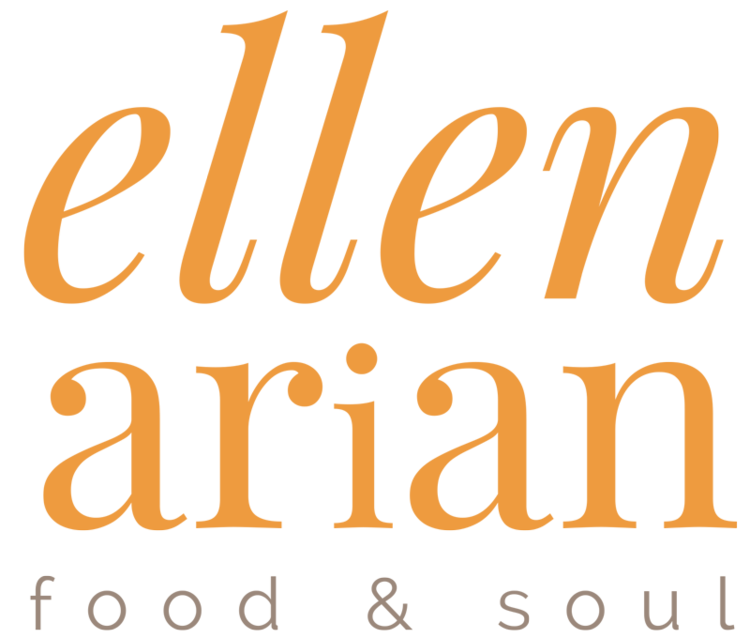Having choices feels good, and options can free us. But in the realm of snack foods, we may have experienced too much of a good thing: more choices than ever before, with more highly-refined, processed foods among them.
Every grocery and convenience store has shelves filled with snacks and prepared foods. Nearly all are made with white flour, refined sugar, and refined vegetable oil—including prepared organic “health” foods—because these ingredients are cheap and have neutral flavors. Out of interest, you might want to take a look at ingredient lists the next time you shop for snack foods. I imagine you will be as surprised as I was to find these ingredients in almost every product sold.
While many people believe that snacks have little place in a healthy diet, they may actually play an important role. Snacks can help you manage hunger and avoid the frantic filling up that often follows denial and the postponement of needs; eating a snack at 4:00 may keep you from eating two or three helpings at dinner. Of course, how we define snack matters. Societal norms have a lot to do with our acceptance of a bag of potato chips or cookies as an afternoon pick-me-up, and relying on hummus and carrot sticks as a mid-morning lift might make us feel almost deviant. Yet these norms are leading us down the weedy path of poor health.
It’s true that we all feel more comfortable when we fit in, gathering food and eating the way others around us do. But if ever there was a moment to call upon your inner renegade, this is it. Our society needs to establish new snacking norms. Until this happens, we may want to set our own rules and live by them: getting rid of empty calories that slow us down and offer little, finding snacks that satisfy us, and enjoying support where we can find it.
Here is an idea we should all hold dear: It’s possible to enjoy snack foods and, at the same time, control them. We develop this control by learning to see clearly what is on our plate. When we can do this, when we can recognize the organic evaporated cane juice listed on a label as the refined sugar that it is, and when we are able to see what an apple slice with almond butter gives us, our pleasure in snacking will, over time, be enhanced. It will be a deeper, more sustaining pleasure than we’ve known before, if snacking well has been a struggle, because it will be absent the tinge of remorse.
What’s uplifting is that the only method of snacking that will ultimately work is one that’s centered around foods we enjoy. Healthy snacking doesn’t mean denial. So I’d like to suggest a new definition to tuck into your mind and call up when you’re feeling unsure. A snack is a relatively small quantity of food made from ingredients found in nature. A healthful snack will keep your mind alert, your mood up, and your energy high. And in the ideal, it should take little time to prepare.
Here are recipes based on this new definition, and what they have in common is that you can make them in advance. This way they will be within reach when hunger pangs strike.
Roasted Cashews, Tamari Pumpkin Seeds, Homemade Hummus, Pita Triangles
Copyright, Ellen Arian, Ellen’s Food & Soul




